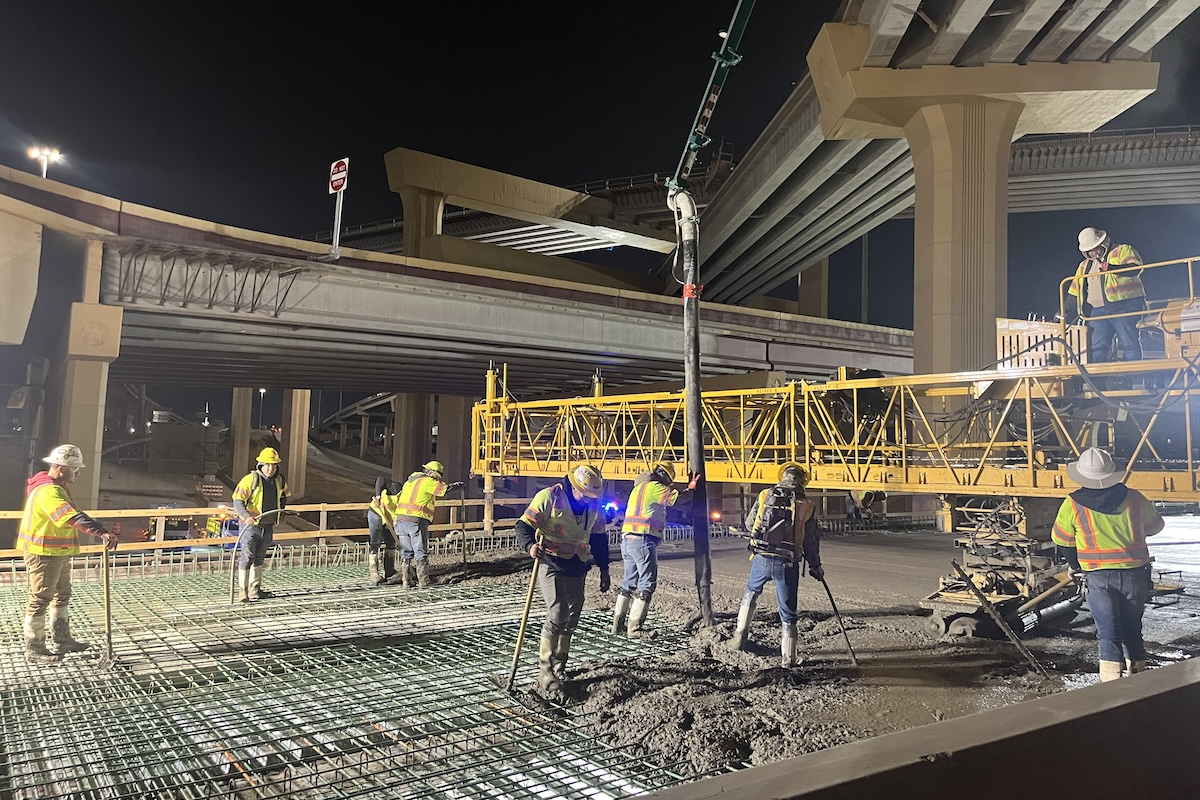GN Provides Green Way for Hydro Excavation Companies to Save Green

Hydrovac excavation minimizes disruptions and possible damages to nearby facilities or infrastructures. Any soil type even from frozen ground, hydrovac excavation can perform successfully.
Most hydrovac waste is dumped into a legal mud pit, where hydrovac contractors pay a high rate to a waste management company to dispose of the waste. Furthermore, trucks must drive long miles. Contractors are realizing the importance of treating the spoils themselves instead of letting a liquid waste treating company handle it.
GN Solids Control has been providing new technology hydrovac slurry dewatering systems to many hydroexcavation crews. With different cities having strict environment protection rules, these customized slurry dewatering system are becoming more popular. A dewatering system can treat from 10 hydrovac truck loads to 100 truck loads every day.
A hydrovac truck can carry slurry with a maximum of 60-70 percent solids. By using the hydrovac waste slurry dewatering system, it can recover up to 85 percent materials which are aggregates, sands and silts, and water, which can be reused to flush the hydrovac truck or recycle the whole treating system.
This dewatering system is a green way to save money. When hydrovac trucks come with waste, they climb in an inclined ramp where two trucks can dump at the same time into a big catch hopper.
Open wire mesh fixed on the top of the hopper holds the big stones or strays falling off and through the automatic gate valve. High pressure flushing nozzles around the hopper keep it from blocking.
GN Solids Control has utilized many technologies in oil and gas drilling, mud separating, mining slurry, and HDD slurry treating process. The slurry falls into a coarse shaker first, which is equipped with screen panels to allow the slurry have enough time to stay above. All big particles, like gravel, pebbles, or aggregates are removed, then transferred by a belt conveyor.
A VFD submersible pump feeds the slurry through the coarse shaker into a double deck fine shaker. By using large mesh screens on the upper deck and small mesh ones on the bottom deck, the fine shaker treats the slurry twice and remove the sands.
The desilter uses multiple four-inch cyclones to treat the liquid from the fine shaker. Fed by another submersible pump, the desilter can recover most of the solids larger than 25 microns. A ViST (vacuum screen) unit can be provided as an optional reinforce separation unit, to recover over 10-15 percent of solids.
As the key treating equipment, the decanter centrifuge runs at a high rotating speed to eliminate solids larger than 2-5 microns. The centrifuge bowl and screw propeller both rotate at the same direction but with a different speed. Due to the density difference, solids are forced to the outer inside ring of the bowl and pushed out from the solids discharge port where tungsten carbide inserts are used to protect them from long-time wear. Liquid is left in the center before being thrust into the drain outlet. To have a better treating performance, a chemical dosing unit may be used.
To meet hydroexcavation contractors, this system should be designed in a compact modular structure, easy and fast to connect and relocate. Working parameters also need to be changed in a centralized control system, and alarms are monitored from an HMI screen.
Overall, GN's new hydrovac slurry treatment systems provide a more sustainable approach to processing waste slurry and reduce disposal costs.




































































